Introduction
Boiled fish fillets, a signature dish in Chinese cuisine, especially prevalent in Sichuan province, is renowned for its delicate flavor, tender texture, and fiery spices. This dish, often served with a rich, spicy, and aromatic broth, is a perfect blend of flavors that tantalize the taste buds. While the term “boiled” might suggest simplicity, achieving the authenticity of this dish requires meticulous attention to detail and the right ingredients. In this article, we will delve into the step-by-step process of making authentic boiled fish fillets, ensuring that you can recreate this culinary delight at home.
Understanding the Ingredients
Before diving into the preparation, it’s crucial to understand the key ingredients that make boiled fish fillets stand out. The primary components include:
-
Fish Fillets: Typically, carp or catfish is used in traditional recipes due to their firm texture and ability to hold up well to the cooking process. However, you can use any fresh, firm-fleshed fish like cod, halibut, or bass.
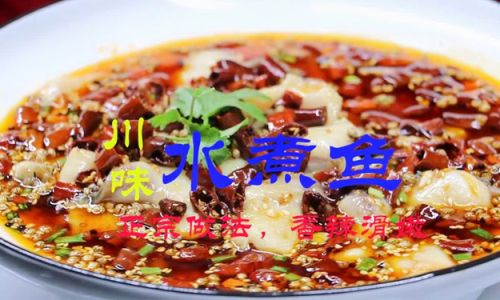
-
Vegetables: A variety of vegetables such as Chinese cabbage (bok choy), mung bean sprouts, celery, and green onions add both color and texture to the dish.
-
Aromatics: Garlic, ginger, and scallions are essential for their flavor-enhancing properties. These ingredients help to balance the heat and add depth to the broth.
-
Spices and Seasonings: Sichuan peppercorns, red chili peppers, and Sichuan chili oil are vital for the dish’s signature spicy and numbing flavor. Soy sauce, rice vinegar, and sesame oil round out the seasoning, providing umami and a hint of sweetness.
-
Broth: A combination of chicken or fish broth and water is used to create the base. This ensures a flavorful yet light background that doesn’t overpower the fish and vegetables.
-
Garnishes: Coriander, sliced green onions, and toasted sesame seeds add a final touch of freshness and crunch.
Preparation and Cooking Techniques
Now, let’s break down the preparation and cooking process into manageable steps:
Step 1: Preparing the Fish
-
Cleaning and Filleting: Start by cleaning the fish thoroughly. Remove any scales, fins, and internal organs. Fillet the fish, ensuring the fillets are free of bones. If you’re not confident in your filleting skills, you can ask your fishmonger to do it for you.
-
Slicing: Slice the fish fillets into thin pieces, about 1/4 inch thick. This ensures they cook evenly and quickly.
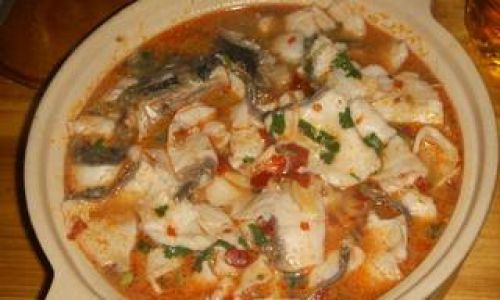
-
Marinating: In a bowl, combine the fish slices with a little soy sauce, rice vinegar, and cornstarch. Marinate for about 15 minutes. The cornstarch helps to coat the fish, preventing it from breaking apart during cooking.
Step 2: Preparing the Vegetables and Aromatics
-
Vegetables: Wash and chop the vegetables into bite-sized pieces. This makes them easier to eat and ensures they cook evenly.
-
Aromatics: Peel and slice the ginger into thin matchsticks. Mince the garlic and chop the scallions into fine pieces. Set these aside separately as they will be used at different stages of cooking.
Step 3: Preparing the Spices and Seasonings
-
Toasting Sichuan Peppercorns: In a small pan over medium heat, toast the Sichuan peppercorns until fragrant. This releases their essential oils and enhances their flavor. Be careful not to burn them.
-
Grinding Spices: Once toasted, grind the peppercorns using a mortar and pestle or a spice grinder. This creates a coarse powder that adds a unique numbing sensation to the dish.
-
Preparing Chili Oil: If you don’t have Sichuan chili oil on hand, you can make it by heating vegetable oil with dried red chili peppers until the peppers darken and the oil turns red. Let it cool, then strain out the peppers.
Step 4: Preparing the Broth
-
Combining Ingredients: In a large pot, combine chicken or fish broth with an equal amount of water. Add sliced ginger, minced garlic, and a few red chili peppers for heat.

-
Simmering: Bring the broth to a gentle simmer. Let it cook for about 10 minutes to allow the flavors to meld together.
Step 5: Cooking the Vegetables
- Blanching: Add the chopped vegetables to the simmering broth. Blanch them for about 2-3 minutes, or until they are tender but still crisp. Use a slotted spoon to remove the vegetables and place them in a serving bowl.
Step 6: Cooking the Fish
-
Adding Fish: Carefully add the marinated fish slices to the simmering broth. Cook for about 2-3 minutes, or until the fish turns opaque and flakes easily with a fork. Be gentle to avoid breaking the fish pieces.
-
Removing Fish: Using a slotted spoon, transfer the cooked fish to the bowl with the vegetables.
Step 7: Finishing the Broth
-
Seasoning: Taste the broth and adjust the seasoning with soy sauce, rice vinegar, and a touch of sugar if needed. Add the ground Sichuan peppercorns and a splash of Sichuan chili oil.
-
Pouring Over: Pour the seasoned broth over the fish and vegetables in the serving bowl. Ensure the fish and vegetables are fully submerged in the broth.
Step 8: Garnishing and Serving
-
Garnishing: Sprinkle chopped coriander, sliced green onions, and toasted sesame seeds over the top. This adds a burst of color and fresh flavor.
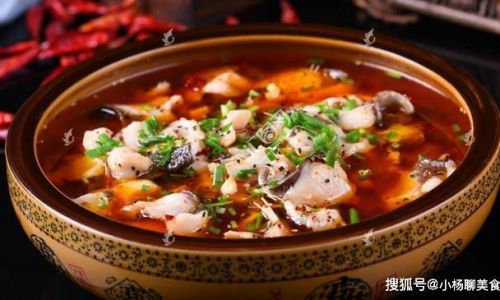
-
Serving: Serve immediately while the fish and vegetables are still hot. Provide chopsticks or forks for eating, and perhaps some extra chili oil or soy sauce on the side for those who prefer more heat or flavor.
Tips for Authenticity
-
Quality Ingredients: Use fresh, high-quality ingredients. This is especially important for the fish, as its freshness will greatly impact the final dish.
-
Balance of Flavors: The key to authentic boiled fish fillets is achieving a balance between the spicy, numbing, savory, and umami flavors. Taste the broth frequently during cooking to ensure it’s well-seasoned.
-
Cooking Time: Be mindful of the cooking time for both the vegetables and fish. Overcooking can result in mushy vegetables and fish that’s too firm.
-
Presentation: While taste is paramount, don’t neglect the presentation. A beautifully garnished dish can elevate the overall dining experience.
Conclusion
Making authentic boiled fish fillets at home may seem like a daunting task, but with the right ingredients and techniques, you can recreate this culinary masterpiece. By following the steps outlined in this article, you’ll be able to enjoy a dish that’s not only delicious but also bursting with the flavors and textures that make Sichuan cuisine so unique. Whether you’re serving it to family and friends or simply treating yourself, boiled fish fillets are a delightful way to explore the depths of Chinese culinary tradition. Happy cooking!
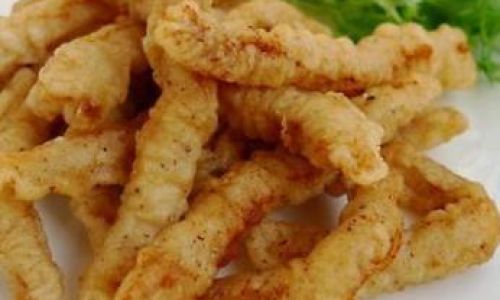
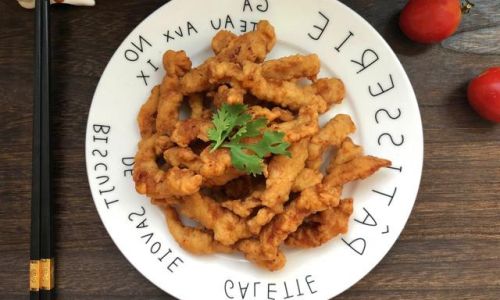
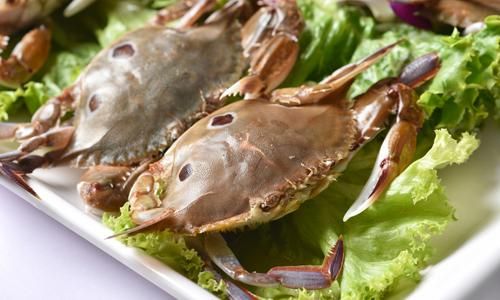
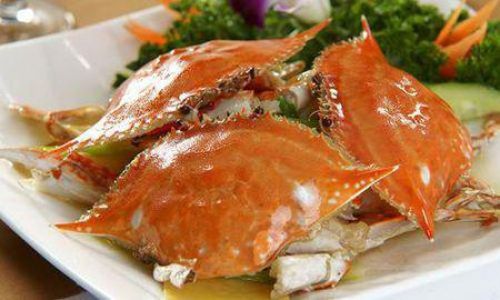
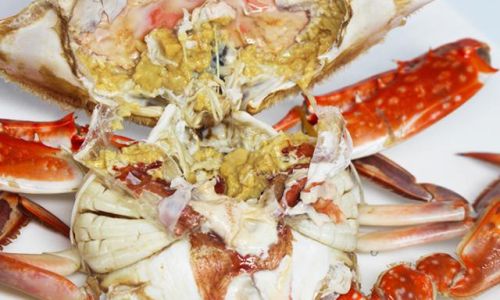
0 comments